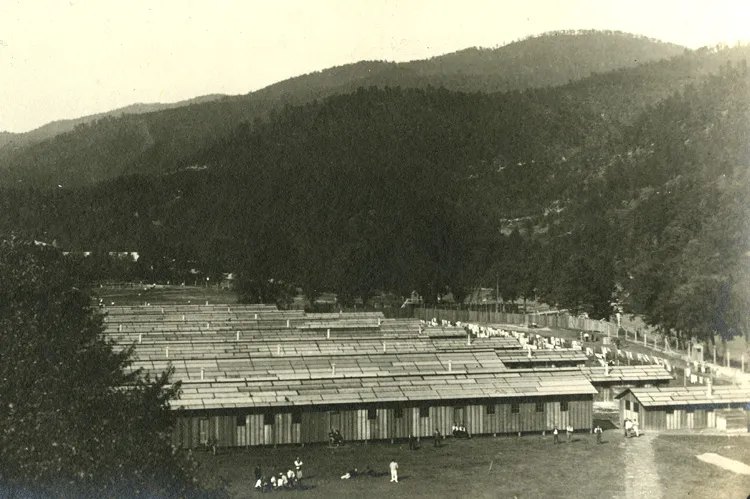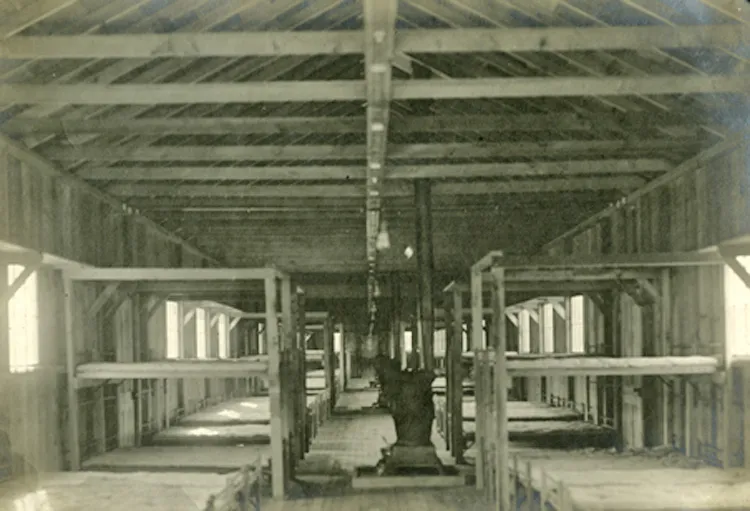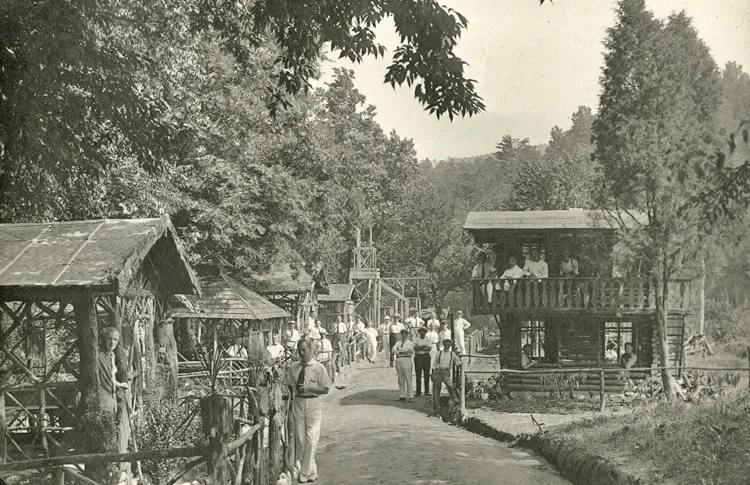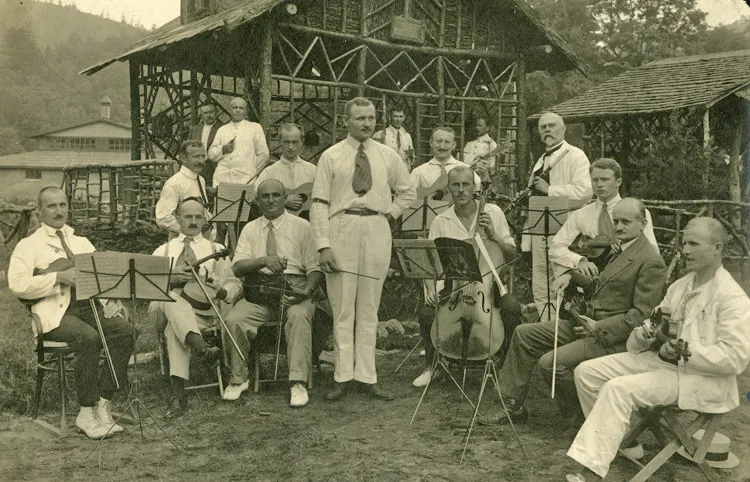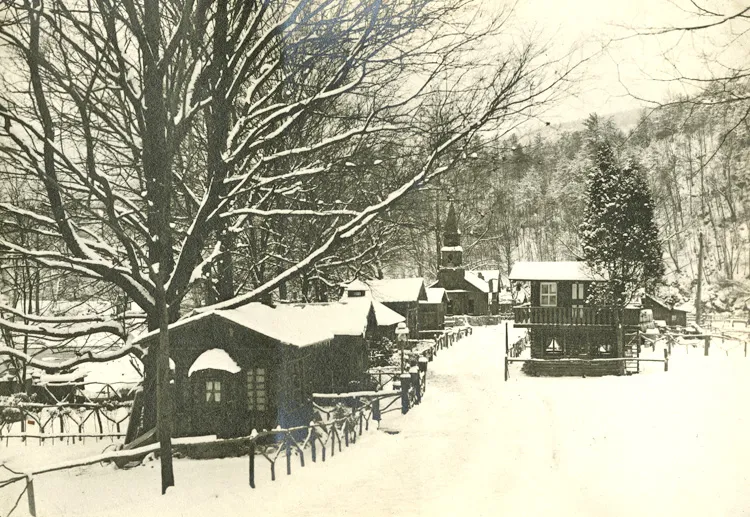The U.S. Confiscated Half a Billion Dollars in Private Property During WWI
America’s home front was the site of interment, deportation, and vast property seizure
/https://tf-cmsv2-smithsonianmag-media.s3.amazonaws.com/filer/b9/38/b93822ae-974f-4339-8e87-860d1c06d7d4/g061.jpg)
In July 1918, Erich Posselt wrote a poem. “It wasn't a very good poem,” he would write later, “and it was decidedly not for publication.” But it landed him in an American internment camp for 17 months. It began like this.
Six little aviators
Went flying out one day;
They wished to go to Coblenz,
And never came away.
The poem's six (presumably American) aviators bumble through Germany, each falling victim to the varied ravages of gout, Munich beer, and the well-known general Erich Ludendorff.
Posselt was a young editor and translator who emigrated from Austria-Hungary in 1914. His nationality—like that of millions of German-speaking immigrants in the United States during World War I—attracted suspicion and anger from nationalistic Americans. In the course of the war, the federal government registered around half a million “enemy alien” civilians, spied on many of them, and sent approximately 6,000 men and a few women to internment camps. Perhaps more strikingly, it seized huge troves of private property with dubious relevance to the war effort, ultimately amassing assets worth more than half a billion dollars—close to the entire federal budget of pre-war America.
Here's how Posselt's poem ended.
Two little aviators
Got cold feet on the run;
One lost all the breath he had,
Then there was only one.
One little aviator
Soon to an end was brought;
He grieved so for the other five,
He too at last was caught.
The Department of Justice—which found the poem during a search of his home—was not amused. “It is far from being a joke,” read an internal report of the Bureau of Investigation, a precursor of the FBI. “There are now too many good American boys giving up their lives in the aviation department to have an enemy alien attempt to make a joke out of it. There is no excuse for the writing of this poem, and there can be no excuse offered.”
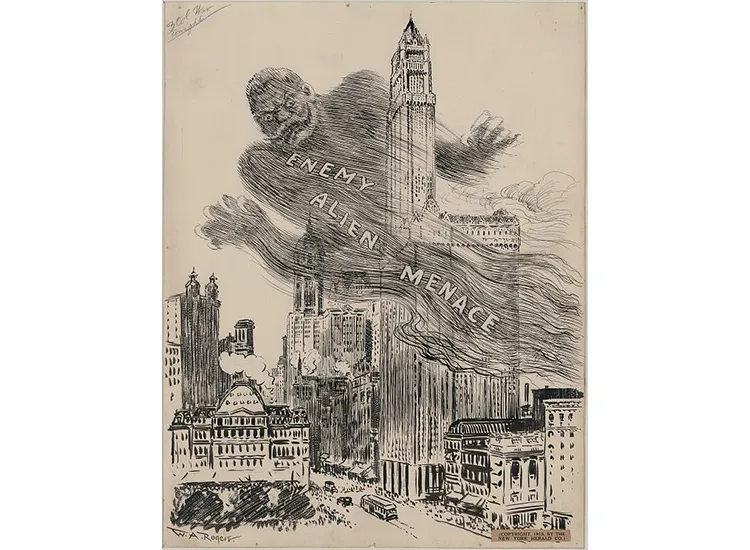
Federal agents had been looking for a good reason to arrest Posselt: they'd searched his home around a dozen times in the year prior. Now that they had one, they sent him to Fort Oglethorpe, Georgia, one of four main internment camps built during the war. Even after they found the poem, though, they didn't charge him with any particular crime. “Posselt is not accused of any conspiracy but is only accused of guilty knowledge,” noted one report. “He is very bright in his writings, and might cause trouble if released.”
War had dressed the Department of Justice in decidedly bigger britches, partly thanks to two bills passed into law by Congress in 1917, the Espionage Act and Trading with the Enemy Act. Both were designed to mobilize domestic legal efforts in support of the war, and both are still on the books. The Espionage Act, for instance, is currently being used to prosecute government leakers including former NSA contractor Edward Snowden. In Posselt's case, Department of Justice reports simply made general reference to the Espionage Act and recommended internment for the remainder of the war.
Most reports of American WWI internment camps describe relatively benign conditions, including rigid schedules and military discipline, but few instances in which prisoners were underfed or overworked. Posselt wrote about the experience in the magazine American Mercury several years after the war, and the worst experiences he describedwere a handful of suicides, several dozen transfers of prisoners to asylums, and outbreaks of disease that came near the end of the war. But on the whole, far from decrying the inhumanity of conditions at Fort Oglethorpe, Posselt described an odd collection of imprisoned intellectuals. They were allowed to organize courses taught by interned professors of biology, mathematics, literature, and languages. Several dozen musicians, many of whom had been recruited from Europe to join American orchestras, regularly performed to help keep up morale. In another camp, captured sailors built themselves a small village designed to look authentically German.
Even so, the internment of immigrants required a remarkably low standard of evidence. The historian Adam Hodges, for instance, discovered that local law enforcement used federal internment policies to justify the arrest of labor organizers and perceived political radicals. At the federal level, one high-profile case involved the conductor of the Boston Symphony Orchestra, Karl Muck. Despite newspaper reports that he was a patriotic German, Muck was in fact a citizen of neutral Switzerland. He was accused of refusing to play the Star-Spangled Banner at a concert (a charge later shown to be false) and disparaging the American government in love letters. Muck was sent to Fort Oglethorpe, along with 29 members of his orchestra, and the famed conductor was ultimately deported.
America certainly wasn't unique in its imprisonment of civilians during the war. If anything, its policies seem relatively lax compared to those of England, for example, where at least 30,000 enemy aliens were interned starting in 1915. In Germany, several thousand British citizens and large numbers of French and Russian citizens were sent to camps, according to an American legal history written just after the war. (These figures are separate from the hundreds of thousands of soldiers who were captured during combat.) Internment supposedly prevented immigrants from spying or joining the military of their home countries, but given that women and children also experienced imprisonment in Europe, the basic rationale was easily manipulated. In many countries, members of government not only had public approval for these policies—they faced public criticism if they didn't support internment.
In retrospect, American internment policies are troubling, but they're dwarfed by a quieter and more sweeping practice of property seizure. Under the Trading with the Enemy Act, President Wilson appointed an “Alien Property Custodian” named A. Mitchel Palmer to take control of property that might hinder the war effort. Among other things, this meant all property belonging to interned immigrants, regardless of the charges (or lack thereof). “All aliens interned by the government are regarded as enemies,” wrote Palmer, “and their property is treated accordingly.”
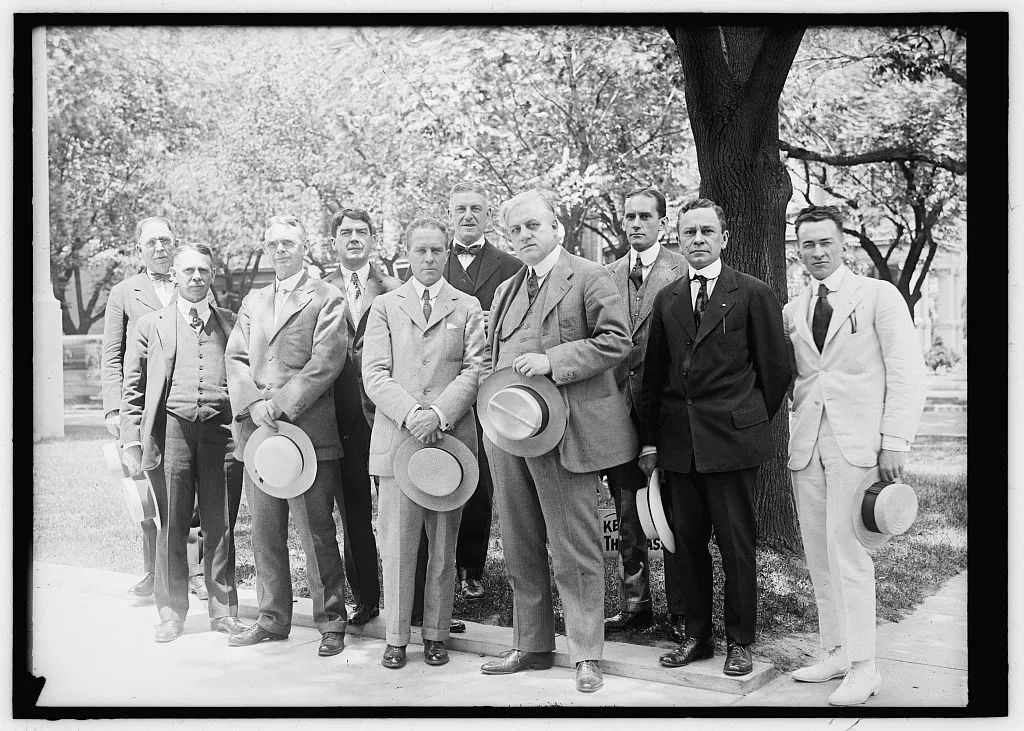
The basic argument was that property seizure prevented immigrants from financially or materially supporting enemies of America. Under Palmer's direction, the Office of the Alien Property Custodian grew to employ hundreds of officials and used several high-profile cases of espionage and industrial sabotage to defend its work. German chemical companies in the United States were particularly vulnerable to seizure: not only did dye and pharmaceutical companies divert raw materials from the war effort, they could also in theory produce explosives.
The agency's powers were remarkably broad, however. In Munsey's Magazine, Palmer described the Alien Property Custodian as “the biggest general store in the country,” noting that some of the companies seized were involved in “pencil-making in New Jersey, chocolate manufacture in Connecticut, [and] beer-brewing in Chicago.” There were small holdings seized from individuals, too. “Among them,” he continued with an odd hint of pride, “are some rugs in New York; three horses near Joplin, Mississippi; [and] a carload of cedar logs in the South.” (Historians will probably never figure out why Palmer wanted those rugs in New York.) The historian Adam Hodges found that even women who were American citizens, if married to German and Austro-Hungarian immigrants, were classified as enemy aliens—and they alone lost a combined $25 million in property to the government.
The war ended in November 1918, just a year after the passage of the Trading with the Enemy Act. In that time, the Alien Property Custodian had acquired hundreds of millions of dollars in private property. In a move that was later widely criticized—and that political allies of the Alien Property Custodian likely profited from directly—Palmer announced that all of the seized property would be “Americanized,” or sold to U.S. citizens, partly in the hopes of crippling German industries. (His attitude echoed a wider sentiment that the Central Powers deserved to pay dearly for the vast destruction of the war.) In one high-profile example, the chemical company Bayer was auctioned on the steps of its factory in New York. Bayer lost its U.S. patent for aspirin, one of the most valuable drugs ever produced.
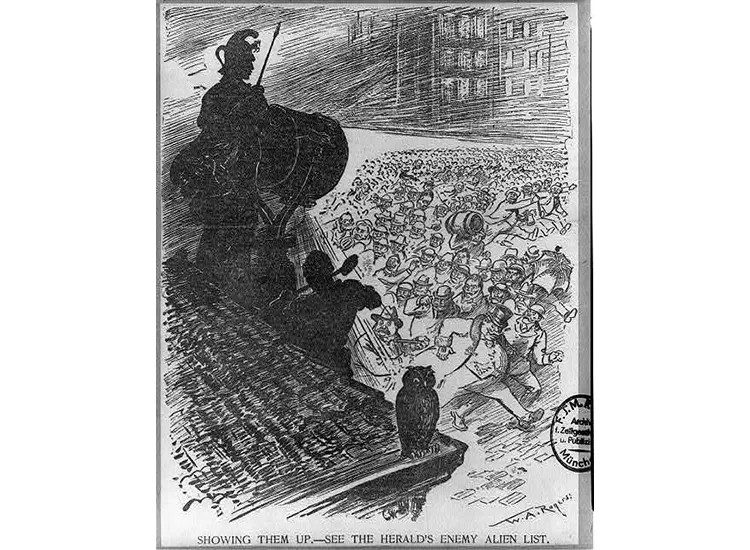
“The same peace which frees the world from the menace of autocratic militarism of the German Empire,” Palmer argued, “should free it from the menace of its autocratic industrialism as well.” Immigrant property, in his view, was just an extension of German and Austro-Hungarian property—which gave America the right to take it. Several lawsuits later disputed his authority to do so, including one that reached the Supreme Court, but his actions were found to be legal under wartime laws. In fact, the agency's reputation was sufficiently intact that President Franklin Roosevelt re-established it during World War II.
Roosevelt's own policies of internment, meanwhile—which landed 110,000 Japanese-Americans in camps—were even more indiscriminate than President Wilson's, and have arguably overshadowed injustices on the home front during World War I.
America's World War II internment camps have been discussed and disputed, but its camps during World War I were largely forgotten. It took an agonizingly long time to empty them, thanks to a combination of political reluctance and bureaucratic neglect. According to the military historian William Glidden, Palmer tried to deport all internees who had caused trouble in the camps, but his efforts never gained Congressional approval. About 7 months after the Armistice, small groups of prisoners started receiving notices of release. Around the same time, 2,000 captured sailors and 1,600 immigrants were deported to the countries of their citizenship. The last prisoner wasn't released until April 1920, a full year and a half after the end of the war. As Glidden described it: “When the camps did close scarcely anyone cared or noticed.”
Erich Posselt was released in January 1920 and settled in New York. By the time he did, President Wilson had named A. Mitchell Palmer Attorney General of the United States.
